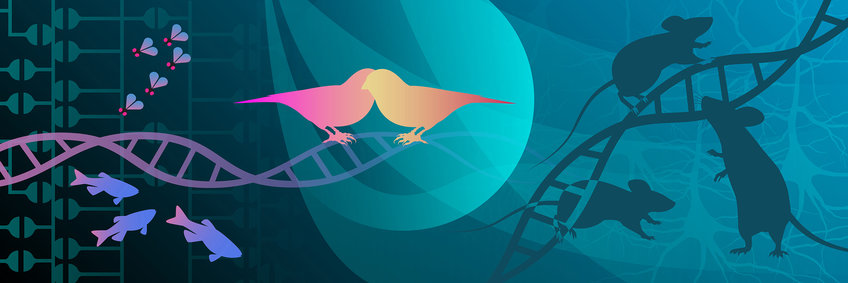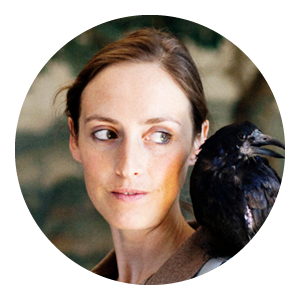
Behavior and Interactions
Animals display a fascinating range of behaviors, some of which are innate, others learned. Certain behaviors not only ensure survival, they also enable animals to live together in groups. We study the fundamentals of animal behavior and the interactions between individuals and groups to better understand how they embody and contribute to biological intelligence.
Recognizing friend and foe
A successful distinction between enemies, conspecifics and prey is essential for the survival of an animal. For example, some songbirds face this challenge when they have to judge whether an egg is actually their own or a cuckoo's egg. For zebrafish, their specific jerky movement pattern enables individuals to recognize their conspecifics. Whether cuckoo eggs or zebrafish: we not only analyze behavioral patterns with microscopy and artificial intelligence but also investigate their genetic and neurobiological basis.
The fascination of sleep
All living beings need to sleep to regenerate and maintain the body's physiological health. But how do animals get enough sleep when they cross entire oceans or spend large parts of their lives in the air? Together with collaboration partners, we were able to show for the first time that frigatebirds can sleep in flight, alternately with only one brain hemisphere at a time or with the whole brain. Our research leads to a better understanding of these and other connections between behavior, sleep, movement and brain functionality.
Mate choice and reproductive strategies
Most animals come together with conspecifics at least occasionally to interact with them in various ways. For instance, they have to find suitable mating partners and convince them of their own qualities, organize the rearing of their offspring or defend their territory. There are many exciting behaviors to study, for example how nightingales adapt their song to rivals, why blue tits cheat their partners or why male ruffs have developed three different morphs that display different behaviors during the breeding season.
Recent research on this topic:
Departments and groups working in this area:




















